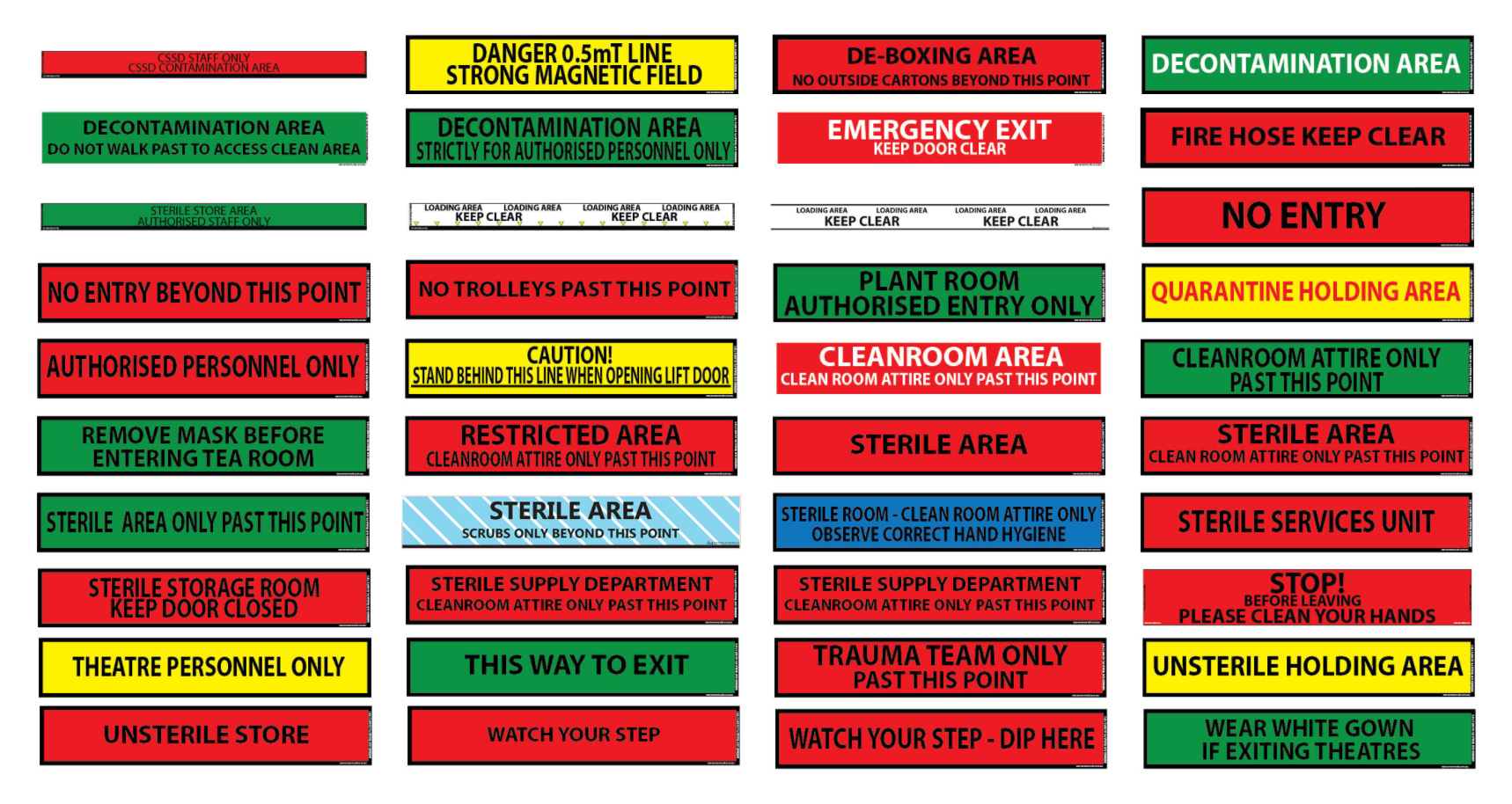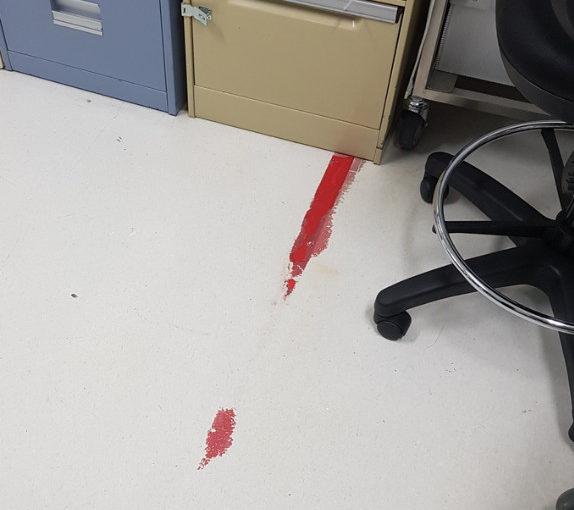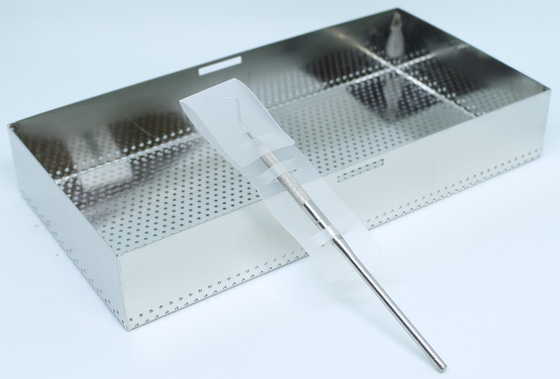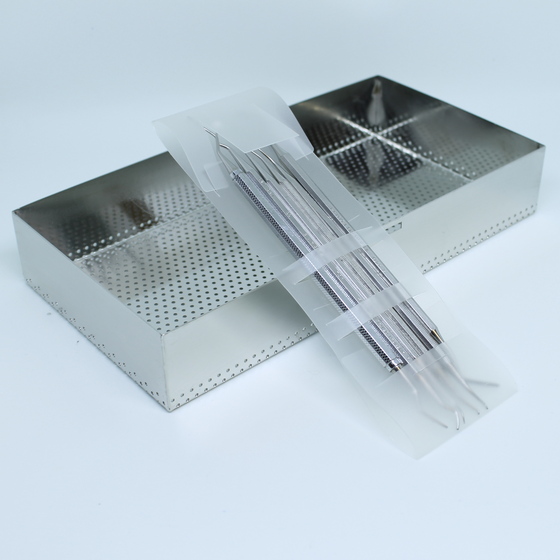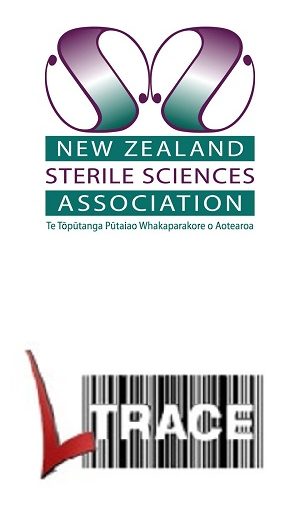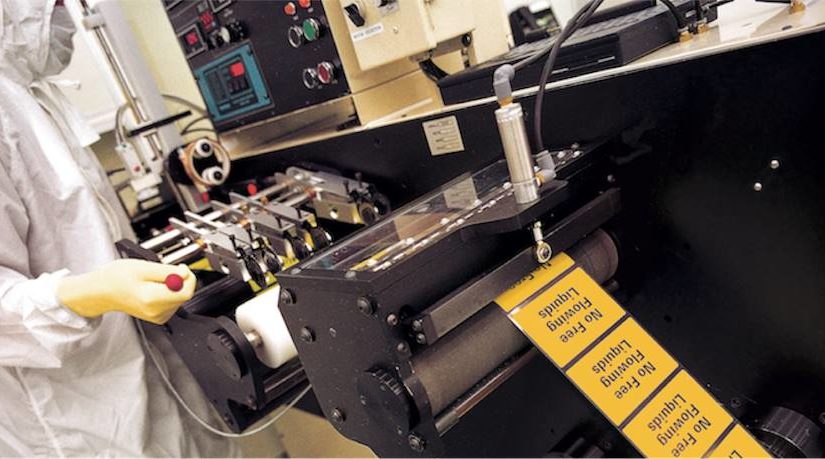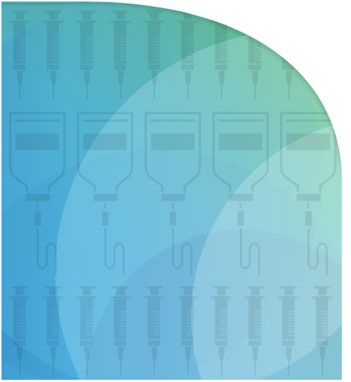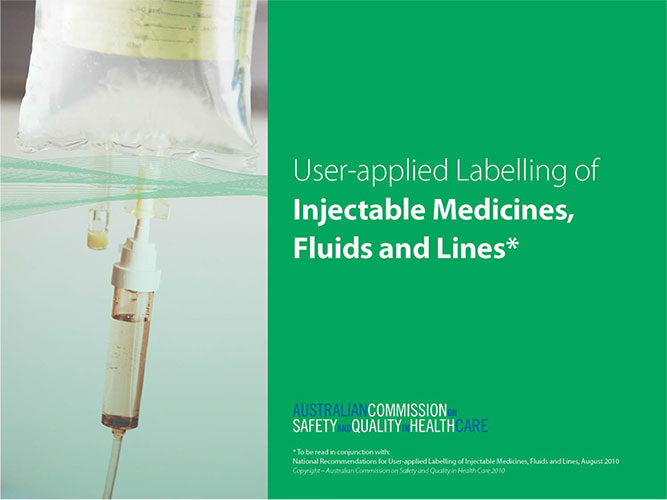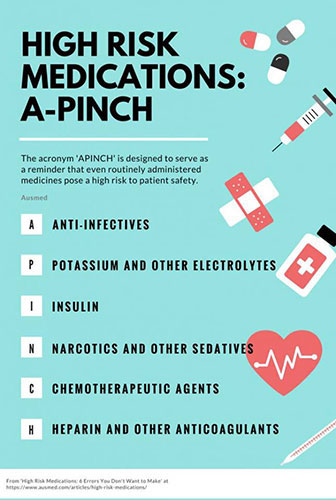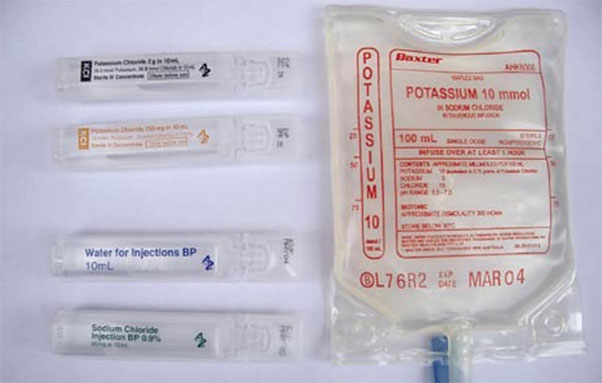Image taken on location in a hospital (we have kept the name secret for their protection).
We have a broad range of floor signs available at Mermed. We can be highly flexible and custom design to meet your needs or you can access pre made signs directly on our website.
Working with one of our CSSD clients in New Zealand, the St George’s Hospital in Christchurch, we were very pleased to share how our custom designed floor signs helped them reduce the risk of non-CSSD staff entering designated decontamination areas. Floor signage is a very simple and cost efficient permanent solution that quickly let’s people know that the CSSD is a restricted area.
Below is an example of the actual floor signage implemented in the Christchurch CSSD department at external door entries.
  |
Floor Sign Benefits? What do you need to look for?
When working through the benefits and features of a floor sign we believe they must always stick and stay stuck on the floor and have no corners peeling up which creates a OH&S hazard.
Alan Mercieca, Mermed Managing Director, was very particular about sourcing a product that performed better in the market and overcame traditional floor signage issues. He sourced floor signage with super hi-tac adhesive to ensure the floor sign stays in place and resists peeling. The artwork is printed on a textured vinyl in bright colour. This makes the sign noticeable with an anti-slip surface. The vinyl is then finished with a high quality, laminate that further protects and waterproofs the sign.
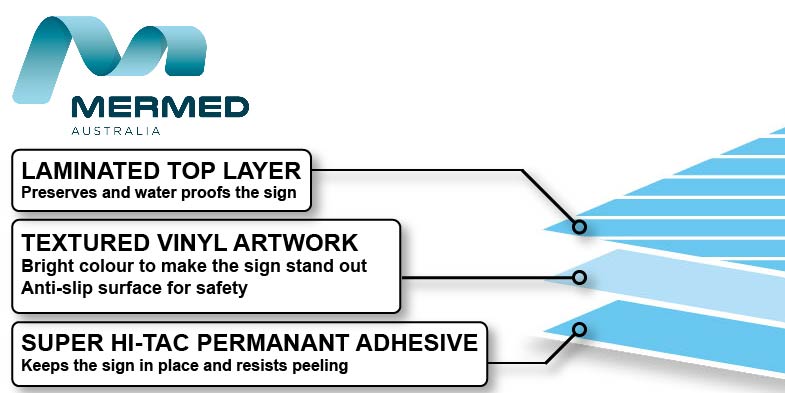
Our floor signs don’t require special skills to install. The simple installation steps can be completed by staff on hand in turn saving the department money.
Mermed can custom design all signage and you can access a large range of pre-made signs on our website here.
